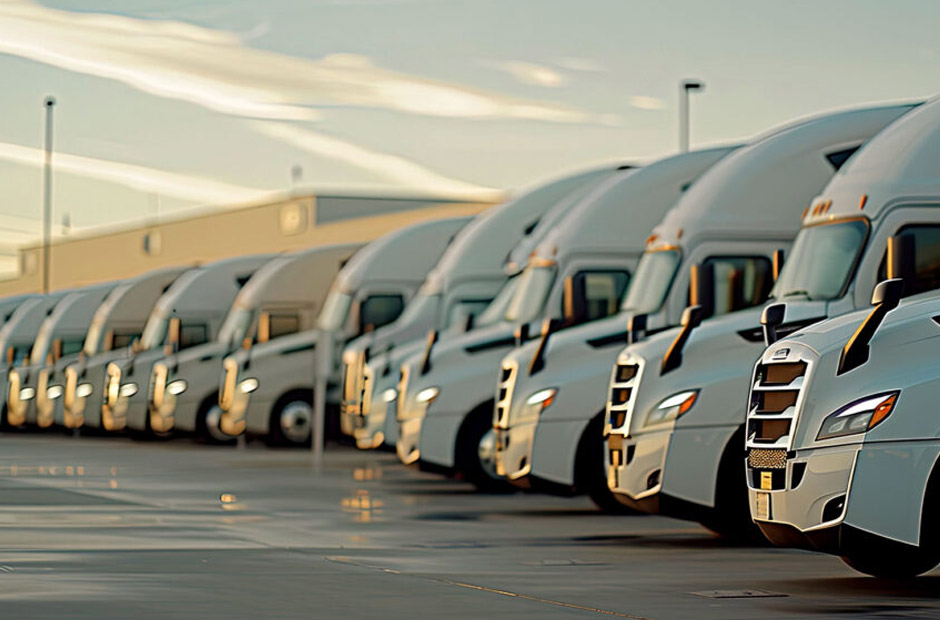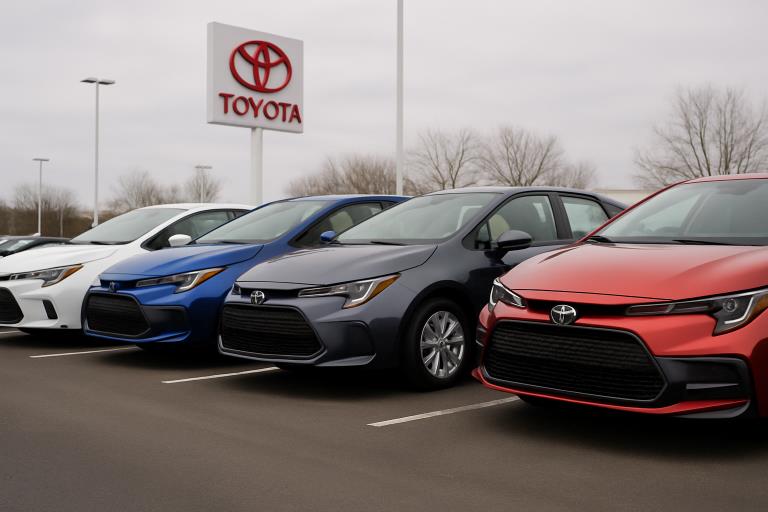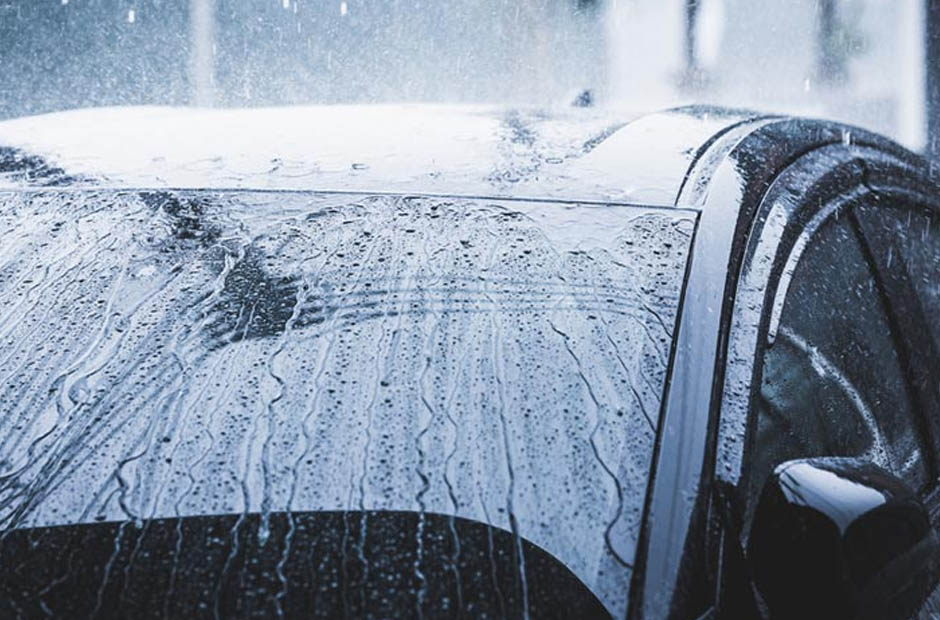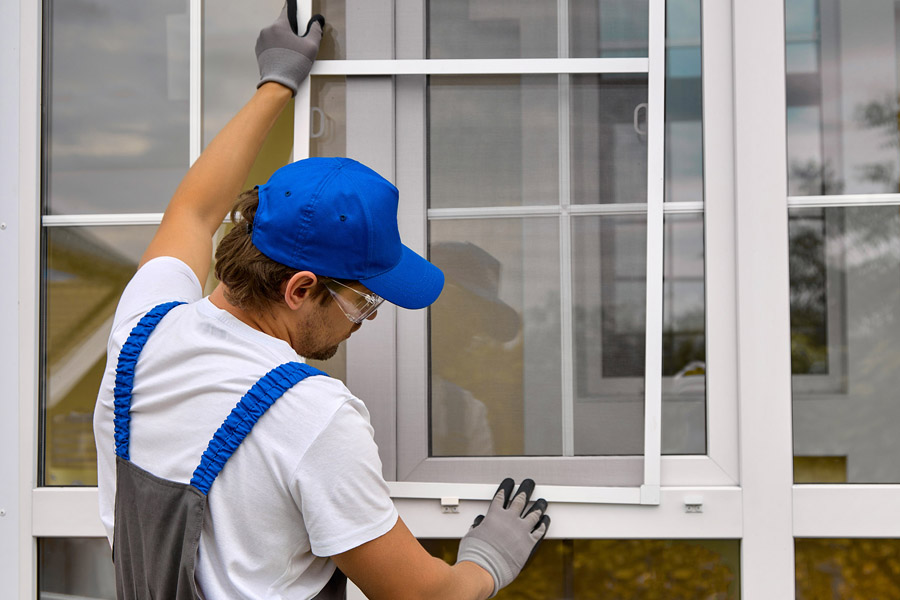Now Reading: Staying Safe on the Road: What Drivers Should Know About Large Truck Accidents
-
01
Staying Safe on the Road: What Drivers Should Know About Large Truck Accidents
Staying Safe on the Road: What Drivers Should Know About Large Truck Accidents
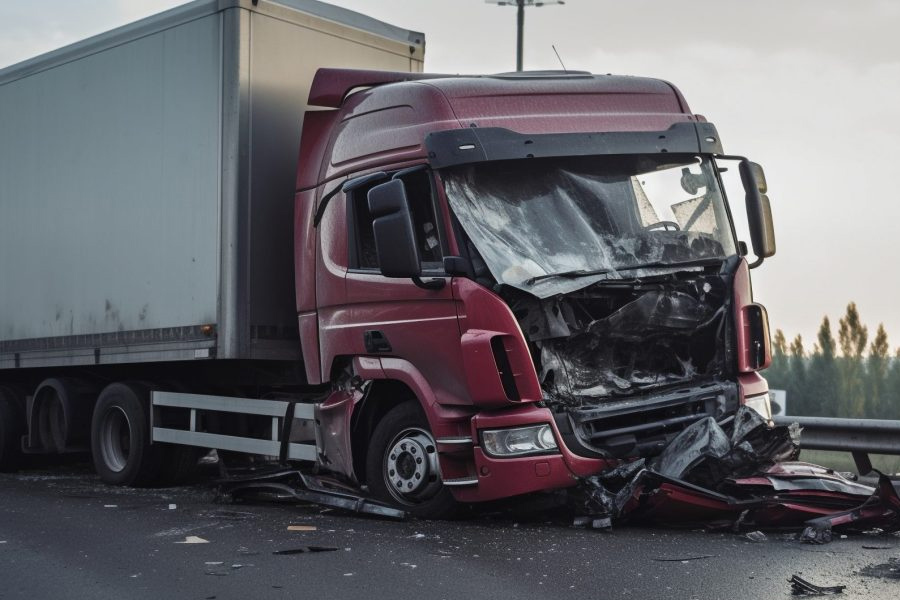
The scope of truck accidents in the U.S.
There’s a specific, unsettling gravity to a large-truck crash—the sheer mass, the metal, the suddenness. Every year, thousands of Americans are hurt or killed in collisions that involve combination vehicles, and those numbers have been a stubborn part of the traffic landscape. Even when yearly totals dip, the long-term trend shows truck-involved fatalities remain well above where they were a decade ago, and the reasons behind that are layered: more freight on the road, tighter delivery schedules, and the inevitable human and mechanical limits of hauling heavy loads across relentless miles.
Why truck crashes happen: the main factors
Driver fatigue is the headline culprit because tired reflexes and heavy machinery don’t mix. Long shifts, overnight driving, and the pressure to meet tight windows create conditions where attention blurs and reaction time slows. Mechanical failure sits beside fatigue as another common thread—worn brakes, neglected tires, and steering issues can turn a routine trip into a disaster. Weather multiplies every mistake: wet roads or ice change stopping distances and handling, especially for fully loaded rigs. Finally, the interaction between passenger vehicles and trucks—misjudged passing, lingering in blind spots, or squeezing a truck during turns—adds a human element to the mechanical risks.
Practical road rules: how drivers can share the road more safely
Treat a truck like a much larger, slower-moving animal with limited peripheral vision. Give trucks plenty of space: don’t linger beside them, don’t cut in front of them, and when you must pass, do so swiftly on the left where the driver sees you best. Respect wide-turn signals—large rigs often need extra lanes to maneuver, especially on right turns. In bad weather, extend your following distance dramatically; a truck’s braking envelope expands significantly when the pavement is slick. If you see erratic behavior—weaving, sudden lane changes, or very slow speeds—note the truck number and report it; that small action can keep someone else safe down the line.
After a large truck accident: immediate steps
The first priorities are always safety and medical care: check for injuries, move to a safe spot if possible, and call emergency services. Document everything you can—photos from several angles, weather and road conditions, and names and contacts for witnesses—and exchange information with the driver and their employer. Even if you feel fine, get checked by a medical professional: delayed symptoms are common and medical records are crucial for any insurance or legal process that follows.
Trucking regulations and safety technology
The regulatory framework around commercial trucking covers hours of service, vehicle maintenance, and driver qualification standards, all designed to reduce risk. Technology has become a major player too: electronic logging devices (ELDs) track hours and limit HOS violations, while telematics, dash cams, lane-departure warnings, automatic emergency braking, and collision avoidance systems are increasingly common in fleets. These systems don’t eliminate risk, but when used correctly they create multiple safety layers—like a net under high-wire acts—so human mistakes are less likely to result in tragedy.
Recent trends and what’s changing on the road
The freight landscape is shifting: online shopping and faster delivery expectations have pushed more trucks through residential streets and suburban arteries. Fleets are balancing cost pressures against investments in training and tech, and that tension shows up on the road. At the same time, public awareness about “No Zones” and safe interaction with trucks is slowly growing, and safety campaigns plus better vehicle tech are nudging numbers in a positive direction, even as traffic volumes climb. The result is a mixed picture—some crash types decline thanks to better systems, while exposure rises in other ways because more trucks are sharing local roads.
Building a shared road culture
Safety isn’t only a regulation or a device; it’s a culture you see in small, repeatable choices—leaving space, signaling early, yielding when appropriate. Professional drivers who respect safe practices and regular maintenance can dramatically reduce risk, and everyday drivers who understand a truck’s limits help prevent many collisions before they start. Think of it as choreography: when every participant moves with awareness and patience, the street becomes less of a hazard and more of a predictable, shared space.
FAQ
How big a risk are truck accidents compared to other crashes?
Truck accidents tend to cause more severe outcomes because of vehicle mass; while they are a subset of total crashes, they disproportionately contribute to fatalities and major injuries.
What is a truck’s “No Zone”?
A “No Zone” refers to large blind spots around the truck—particularly on the sides, directly behind, and just in front of the cab—where the driver may not see smaller vehicles.
Should I pass a truck on the left or the right?
Pass on the left when possible, and do it decisively; the driver’s visibility is better on that side, and lingering beside the cab increases your risk.
If I’m involved in a truck crash, should I speak to the driver’s employer?
Exchange basic contact and insurance information, but avoid detailed statements about fault at the scene and document the scene thoroughly for later use.
How can I tell if a truck driver is fatigued?
Look for signs like inconsistent speed, wandering within the lane, delayed reactions, or frequent yawning and nodding; if you observe these, keep your distance and report the behavior if it’s dangerous.
Do modern safety systems on trucks really help?
Yes—systems like automatic emergency braking and lane departure warnings reduce certain crash types, though they work best when paired with proper training and maintenance.
When is it necessary to call the police after a truck accident?
Call law enforcement for any significant injury, substantial vehicle damage, or when the parties can’t safely exchange information; having an official report often helps with later claims.
Can following distance prevent truck collisions?
Extending following distance in all conditions—especially poor weather—gives both you and the truck driver more time to respond and is one of the simplest, most effective precautions.


